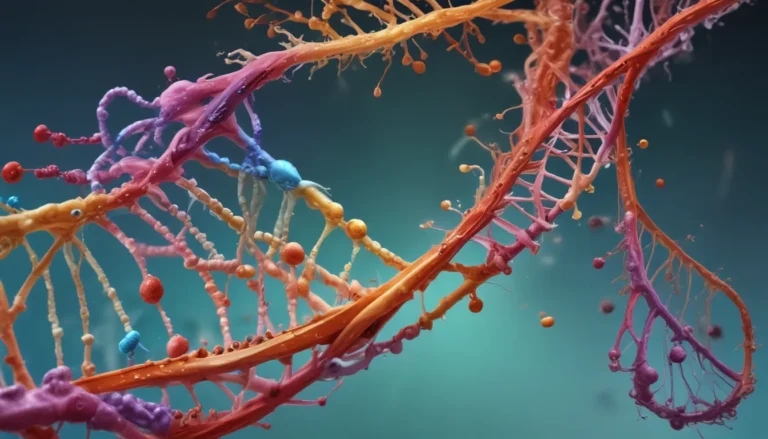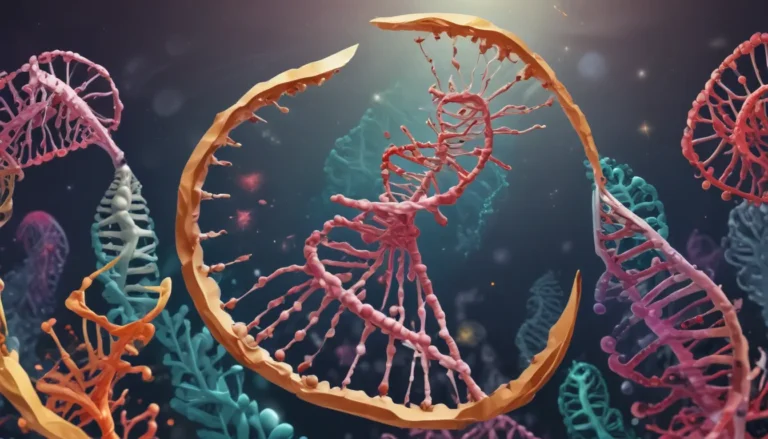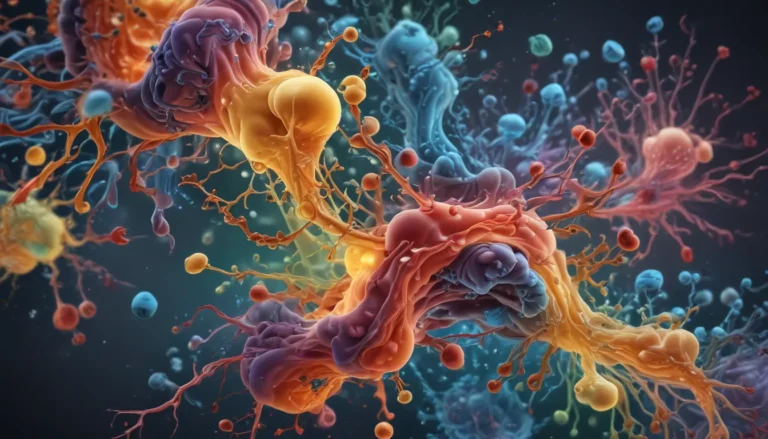A Note About Images: The images used in our articles are for illustration purposes only and may not exactly match the content. They are meant to engage readers, but the text should be relied upon for accurate information.
Embryology, the enchanting study of the development of embryos, offers profound insights into the evolutionary connections between various species. Comparative embryology delves into comparing the early developmental stages of diverse organisms, unveiling a tapestry of extraordinary facts that underscore the intertwined nature of all life forms on our planet. From the remarkable similarities in embryonic progression among distantly related species to the presence of ancestral traits in embryos, comparative embryology provides a glimpse into the shared evolutionary past of organisms. Join us on a captivating exploration of 20 extraordinary facts about comparative embryology that will leave you in awe of the marvels of life’s inception.
Understanding the Marvels of Embryonic Development
The study of embryology encompasses the intricate examination of embryo development in different organisms. Comparative embryology involves the detailed comparison of embryos from various species to unravel their similarities and differences during the developmental process. By scrutinizing these embryonic structures, scientists can trace the evolutionary relationships between species, shedding light on their evolution and common ancestry. Many embryos share common developmental stages such as the formation of germ layers and the development of basic body structures, highlighting the underlying unity in the origins of life.
Unveiling Shared Ancestral Features
Pharyngeal arches, seen in the embryos of different organisms, serve as a common feature that gives rise to various structures, such as gills in fish and specific throat structures in humans. The presence of such shared features suggests a common evolutionary ancestry, showcasing the interconnected nature of different species. When embryos exhibit similar structures and developmental patterns, it signifies a shared evolutionary origin, reinforcing the concept of a common lineage among diverse organisms.
The Role of Comparative Embryology in Evolutionary Theory
Comparative embryology played a pivotal role in bolstering Charles Darwin’s theory of evolution. Through the comparison of embryos, Darwin was able to demonstrate shared characteristics and provide compelling evidence for common descent among species. Hox genes, essential in controlling the development of body segments, play a crucial role in determining the overall body plan of an organism. This intricate genetic regulation underscores the significance of embryonic development in understanding evolutionary processes.
Practical Applications of Embryology in Medical Research
The study of embryology extends its reach beyond evolutionary insights, offering valuable contributions to medical research. By examining normal embryo development, scientists can gain insights into the causes and mechanisms of various birth defects and genetic disorders. Comparative embryology aids in understanding the origins of diseases and provides a foundation for potential treatments and preventive measures in the realm of healthcare.
The Diversity of Comparative Embryology
Comparative embryology encompasses a vast range of organisms, transcending vertebrate animals to include invertebrates, plants, and even fungi. This expansive scope allows for a comprehensive understanding of developmental processes across diverse species, highlighting the unity and diversity of life forms. By analyzing embryo development, scientists can classify organisms into distinct groups and unravel their evolutionary relationships, enriching our knowledge of the natural world.
Exploring Developmental Adaptations and Evolutionary Insights
Embryos exhibit remarkable adaptation to their environments, reflecting their ability to adjust development in response to external cues. By studying embryos in different species, scientists can observe how organisms adapt to specific conditions, shedding light on the evolutionary mechanisms that drive species diversity. Comparative embryology unveils the developmental plasticity of embryos, showcasing their adaptive responses to changing environmental landscapes.
Unlocking Mysteries of Life’s Origins
Comparative embryology serves as a vital tool for unraveling the interconnectedness of all living organisms, offering profound insights into life’s diversity and evolutionary history. By studying embryos, scientists embark on a journey of discovery, unveiling new mysteries about the origins and development of life on Earth. This pursuit of knowledge contributes to a deeper understanding of evolution, offering valuable implications for various scientific disciplines.
Beyond the Basics: Delving Deeper into Embryonic Marvels
Embark on a journey beyond the surface of comparative embryology and unravel the captivating intricacies of developmental biology. Gastrulation, a pivotal stage in early embryonic development, hides intriguing facts waiting to be unearthed. Phylogenetics, the study of evolutionary relationships between organisms, unveils unbelievable insights into the tree of life. Gene expression profiling, a powerful tool for dissecting gene regulation, unveils fascinating patterns that shape the development and functionality of living beings. Dive deeper into these enthralling topics and expand your horizons on the incredible processes shaping life’s diversity on our planet.
Conclusion: Illuminating the Path of Discovery
In conclusion, comparative embryology stands as a beacon of knowledge, illuminating the evolutionary relationships between diverse species. Through the lens of embryonic development, scientists unravel a treasure trove of information about the commonalities and distinctions among organisms. By comparing the early stages of development across species, researchers unveil shared characteristics that point to a common ancestry, bolstering the theory of evolution. Comparative embryology not only enriches our understanding of evolution but also holds significant implications for medical research and advancements, paving the way for innovative treatments and interventions. Embrace the marvels of comparative embryology as it continues to redefine our perception of life’s interconnected tapestry.
FAQs: Navigating the Realm of Comparative Embryology
Q: What is comparative embryology?
A: Comparative embryology delves into the similarities and differences in the early stages of development across different species, offering insights into evolutionary relationships and common ancestry.
Q: How does comparative embryology support the theory of evolution?
A: Comparative embryology provides compelling evidence for evolution by showcasing shared developmental patterns and structures among diverse species, reinforcing the concept of common descent.
Q: What are the practical applications of comparative embryology in medical research?
A: Comparative embryology aids in understanding the fundamental processes of prenatal development, contributing to the identification and treatment of developmental disorders and birth defects in humans.
Q: What other fields rely on comparative embryology?
A: Comparative embryology finds applications in evolutionary biology, paleontology, developmental biology, and conservation biology, offering valuable insights into the evolutionary relationships among different species.
Experience the wonders of comparative embryology as you journey through the interconnected web of life, uncovering the marvels of embryonic development and evolution. Delve into the realms of science and discovery, enriching your knowledge of life’s origins and complexities. Embrace the mysteries waiting to be unraveled as you navigate the captivating world of comparative embryology.






